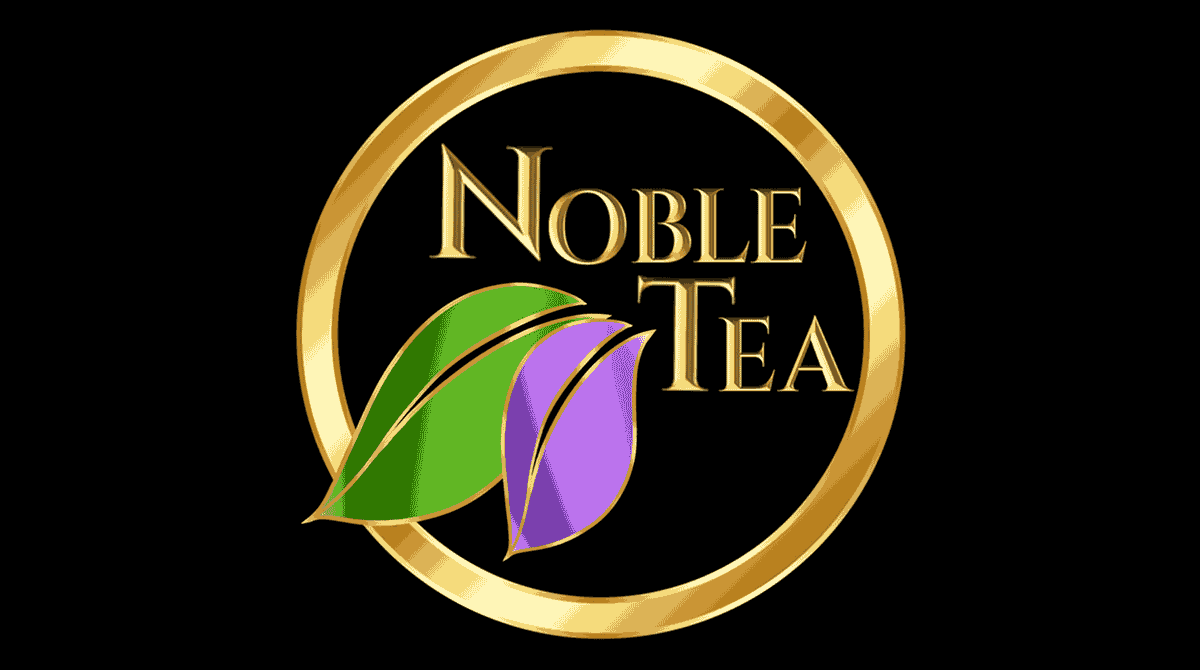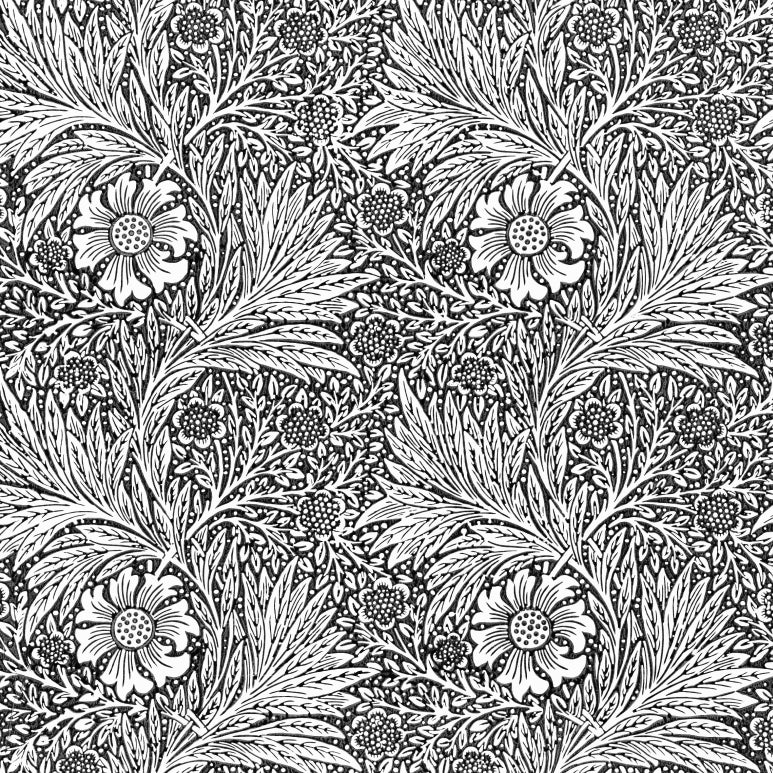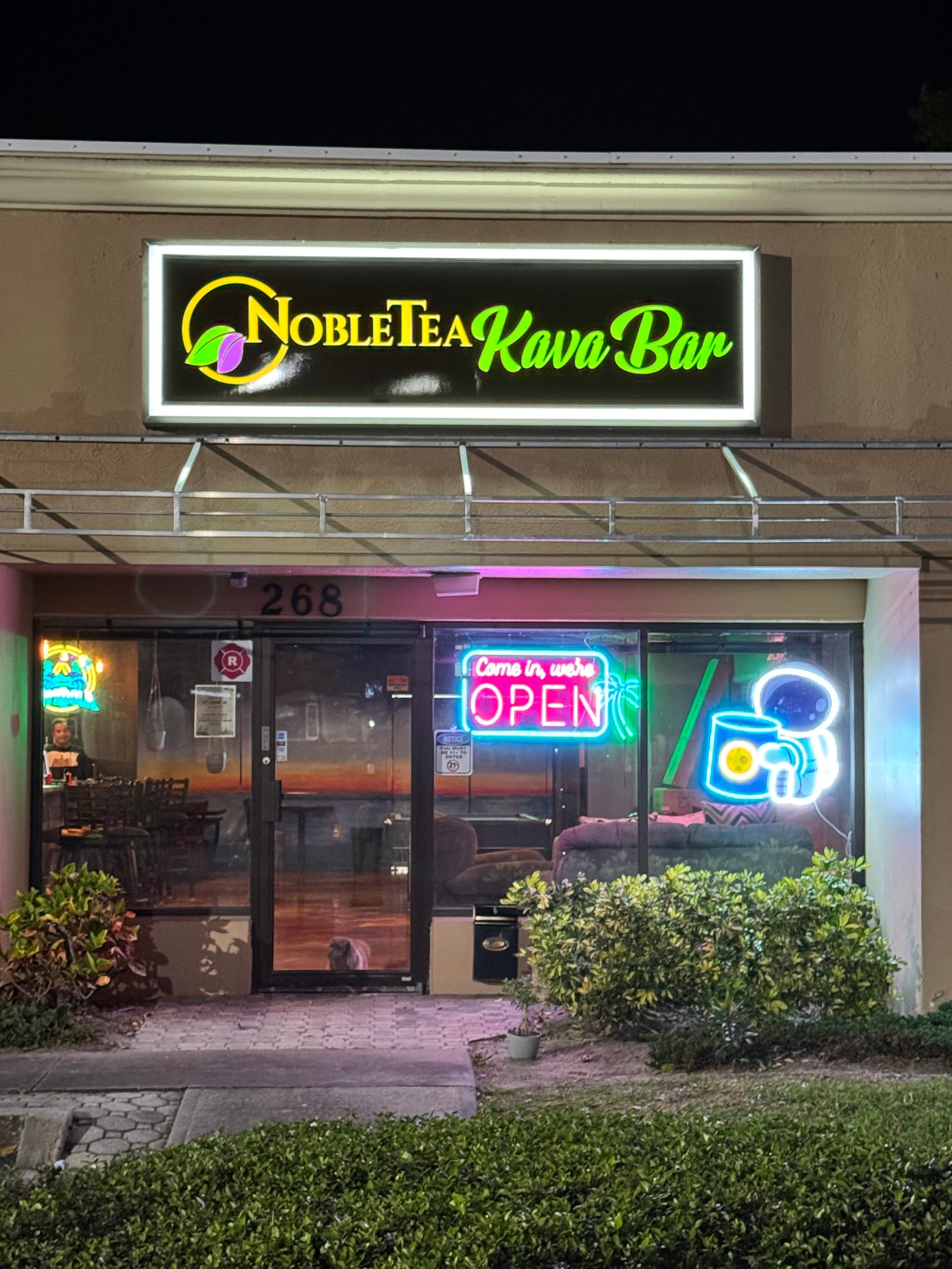The Science of Kava

“Nineteen different kavalactones have been identified which can be metabolized in the liver... However, only six kavalactones are considered responsible for approximately 96% of the pharmacological activity: kavain, dihydrokavain, methysticin, dihydromethysticin, yangonin and desmethoxyyangonin.” (1)
Which is why the chemotypes of kava cultivars are limited to just six numbers. For a while, in some circles only the top three kavalactones were advertised. As time and our understanding of kavalactones grew, so did the length of the chemical identifier.
It is important to note that many of the benefits of kava are gained through a synergistic effect, or “entourage effect,” of the kavalactones working together. Also, different proportions of the kavalactones to one another will result in different effects.(2)
Kavalactones:
1: Desmethoxyyangonin (DMY): Studies have shown that desmethoxyyangonin may help in the future treatment of neurodegenerative disorders.(1) This kavalactone is said to increase dopamine levels and may be responsible for some of the “invigorating” or “focused” feeling some kavas give.(4) Additionally it is said to be helpful with inflammation.(5)
2: Dihydrokavain (DHK): It is a fast acting kavalactone that plays a large role in the psychoactive effects of noble kava cultivars. It is also always present in the first two numbers in a noble kava’s chemotype. Dihydrokavain is of the most important kavalactones in regards to kava's effects on the Central Nervous System, which controls appetite, sleep cycles, and stress levels. (1) That is “because this compound can modulate the brainstem GABAergic mechanism.”(6)
3: Yangonin (Y): A unique kavalactone because it plays on the CB1 receptor, which is said to utilize the endocannabinoid system for the stress relieving qualities of kava.(7) Yangonin is known to help fight certain types of cancer because “it inhibits anchorage-dependent and independent growth of bladder cancer cell lines through induction of autophagic cell death.”(8)
4: Kavain (K): Another fast acting kavalactone that provides many of the psychoactive effects kava drinkers desire. Kavain is the other kavalactone at the beginning of a noble kava’s chemotype and has a large effect on the Central Nervous System.(1) It is said to play on GABA(A) receptors and exhibit neuroprotective effects in models of Alzheimer's and Parkinson's diseases, and produce anxiolytic effects.(9) Anxiolytic just means “anxiety loosening,” or anti-anxiety. Therefore, kavain is largely responsible for the positive feelings of relaxation and stress relief associated with kava.
5: Dihydromethysticin (DHM): A longer lasting kavalactone said to be responsible for kava’s lethargic feelings, that some kava drinkers love and others don’t. Either way, this kavalactone is said to be responsible for kava’s analgesic effects and seems to help other kavalactones bind with GABA receptors. Again that “synergistic effect” is in play. Additionally, there is some evidence for it to be a useful chemopreventive agent against lung cancer.(10)
6: Methysticin (M): This kavalactone is not one of the two that determines if it is noble or not, but it is the only other one that has as large of an effect on the Central Nervous System.(1) It exhibits neuroprotective, neuromodulatory, and antifungal activities.(11) Which is why it is suggested that it may provide aid in treating memory ailments like Alzheimer’s.(12) Methysticin also plays an active role in the “entourage effect” of kava, because it enhances binding to GABA receptors, up to 28%.(13) Therefore, promoting a stronger synergistic effect with other kavalactones.
Sources in the order of reference:
01) Soares RB, Dinis-Oliveira RJ, Oliveira NG. An Updated Review on the Psychoactive, Toxic and Anticancer Properties of Kava. J Clin Med. 2022 Jul 12;11(14):4039. doi: 10.3390/jcm11144039. PMID: 35887801; PMCID: PMC9315573.
02) Keledjian, J., P. H. Duffield, D. D. Jamieson, R. O. Lidgard, and A. M. Duffield. 1988. “Uptake into Mouse Brain of Four Compounds Present in the Psychoactive Beverage Kava.” Journal of Pharmaceutical Sciences 77 (12): 1003–6. https://sci-hub.st/10.1002/jps.2600771203
03) Chaurasiya ND, León F, Ding Y, Gómez-Betancur I, Benjumea D, Walker LA, Cutler SJ, Tekwani BL. Interactions of Desmethoxyyangonin, a Secondary Metabolite from Renealmia alpinia, with Human Monoamine Oxidase-A and Oxidase-B. Evid Based Complement Alternat Med. 2017;2017:4018724. doi: 10.1155/2017/4018724. Epub 2017 Aug 24. PMID: 29138643; PMCID: PMC5613693.
04) Siedy Sällström Baum, Regina Hill, Hans Rommelspacher, "Effect of Kava extract and individual kavapyrones on neurotransmitter levels in the nucleus accumbens of rats, Progress in Neuro-Psychopharmacology and Biological Psychiatry, Volume 22 Issue 7, 1998, Pages 1105-1120,ISSN 0278-5846, https://doi.org/10.1016/S0278-5846(98)00062-1.
05) Brian T, Corral P, Wang Y, Botello J, Kingston R, Daniels T, Salloum RG, Johnston E, Huo Z, Lu J, Liu AC, Xing C. Kava as a Clinical Nutrient: Promises and Challenges. Nutrients. 2020 Oct 5;12(10):3044. doi: 10.3390/nu12103044. PMID: 33027883; PMCID: PMC7600512.
07) Singh, Y.N., Singh, N.N. Therapeutic Potential of Kava in the Treatment of Anxiety Disorders. Mol Diag Ther 16, 731–743 (2002). https://doi.org/10.2165/00023210-200216110-00002
10) DIHYDROMETHYSTICIN (ncats.io)
12) Fragoulis A, Siegl S, Fendt M, Jansen S, Soppa U, Brandenburg LO, Pufe T, Weis J, Wruck CJ. Oral administration of methysticin improves cognitive deficits in a mouse model of Alzheimer's disease. Redox Biol. 2017 Aug;12:843-853. doi: 10.1016/j.redox.2017.04.024. Epub 2017 Apr 19. PMID: 28448946; PMCID: PMC5406548.
13) Boonen G, Häberlein H. Influence of genuine kavapyrone enantiomers on the GABA-A binding site. Planta Med. 1998 Aug;64(6):504-6. doi: 10.1055/s-2006-957502. PMID: 9776662.












